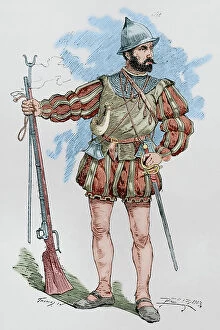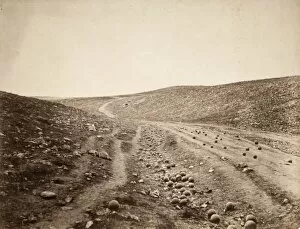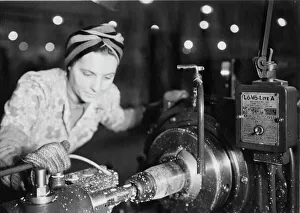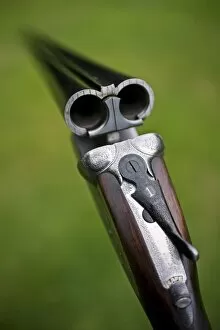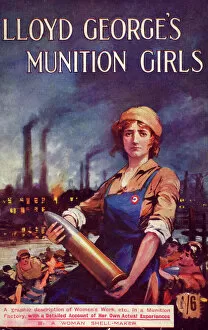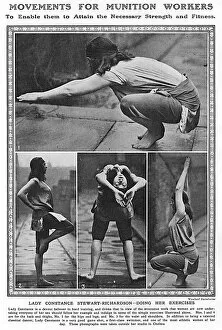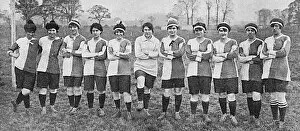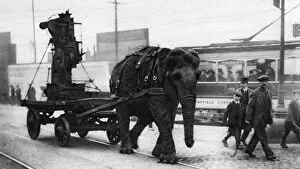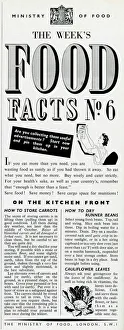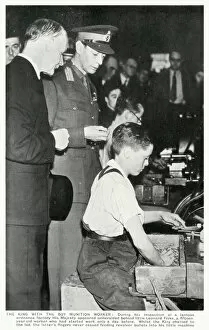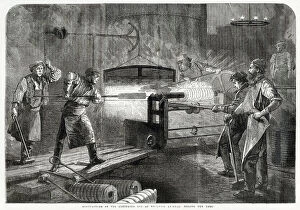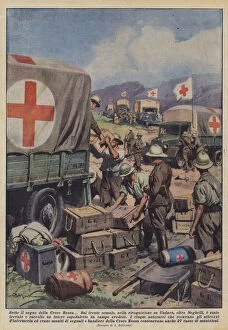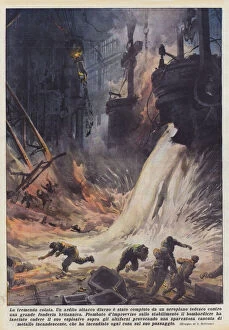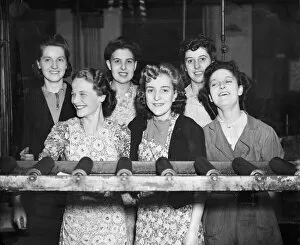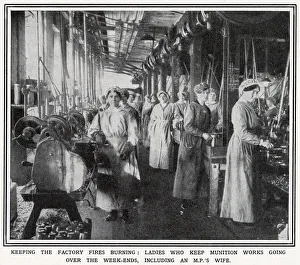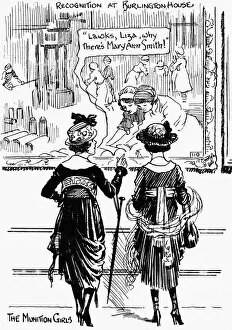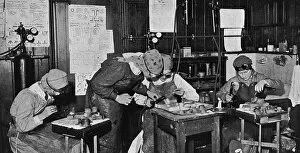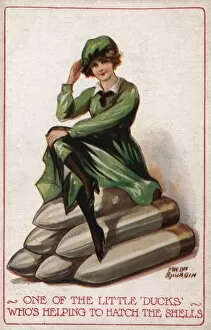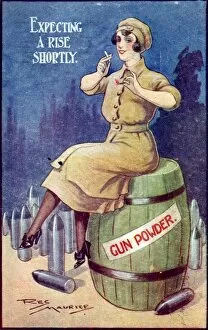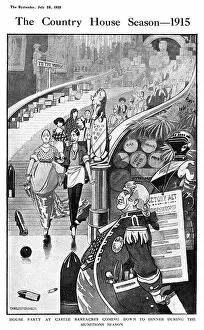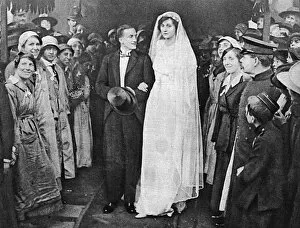Munition Collection
"Munition: From the Crimean War to Modern Times, a Powerful Force in History" In the depths of the Crimean War's Valley of Death
All Professionally Made to Order for Quick Shipping
"Munition: From the Crimean War to Modern Times, a Powerful Force in History" In the depths of the Crimean War's Valley of Death, where bravery and devastation intertwined, munition played a pivotal role. The deafening echoes of cannons and muskets reverberated through history as men fought for their lives. During World War Two, women stepped up on the home front with unwavering determination. The iconic "Women of Britain" poster rallied their spirits, urging them to join the war effort and become vital cogs in the munitions machine. Swindon Works became a hive of activity on that fateful day in January 1942 when countless women took up arms against tyranny. From England's finest side-by-side shotgun makers emerged weapons that would shape battles throughout time. These masterpieces were crafted meticulously by skilled hands, ready to unleash destruction or protect those who wielded them. Lady Constance Stewart-Richardson stood tall amidst the chaos of World War One. As she led her Munition Girls into battlefields filled with danger and uncertainty, they proved that strength knows no gender boundaries. Even during times of conflict, unity prevailed. The Sterling Ladies munition workers football team showcased resilience beyond measure during WW1. They defied societal norms while embracing camaraderie on muddy fields stained with sacrifice. Amidst wartime struggles came an advert from the Ministry of Food in 1940 – a reminder that even amid scarcity caused by war efforts; nourishment remained essential for survival. It was a testament to how munition extended beyond weaponry alone; it encompassed sustenance for both body and soul. The indomitable spirit continued into modern times as arquebusiers etched themselves into history books forevermore. Their ancient artistry captured hearts at Museo Militar in 1883 – reminding us that innovation stemmed from centuries-old traditions.

